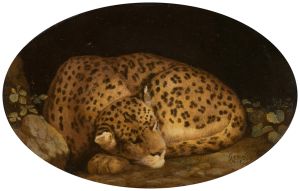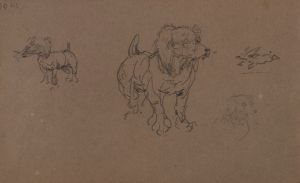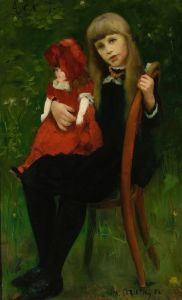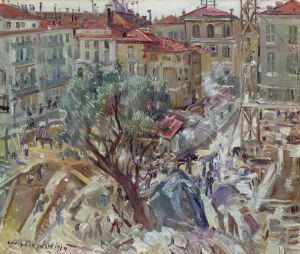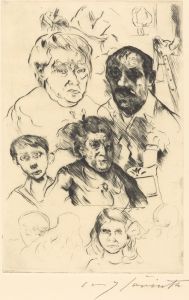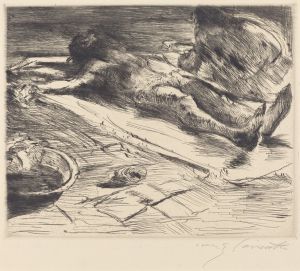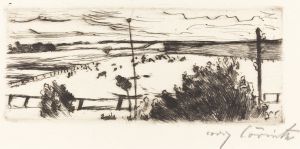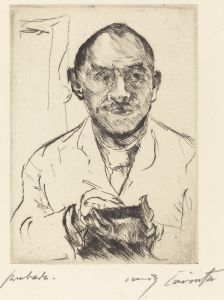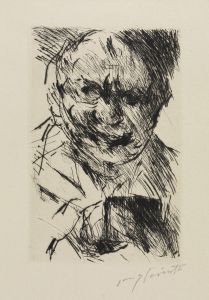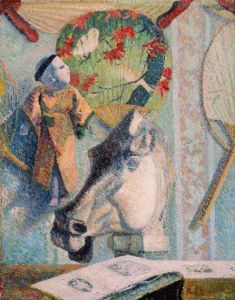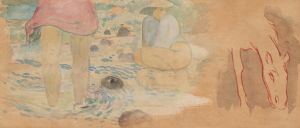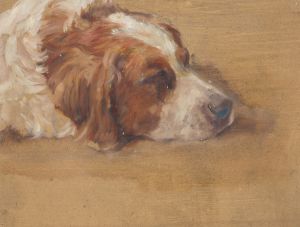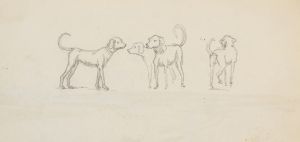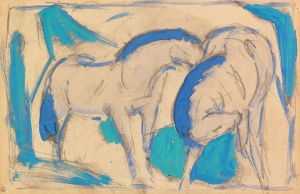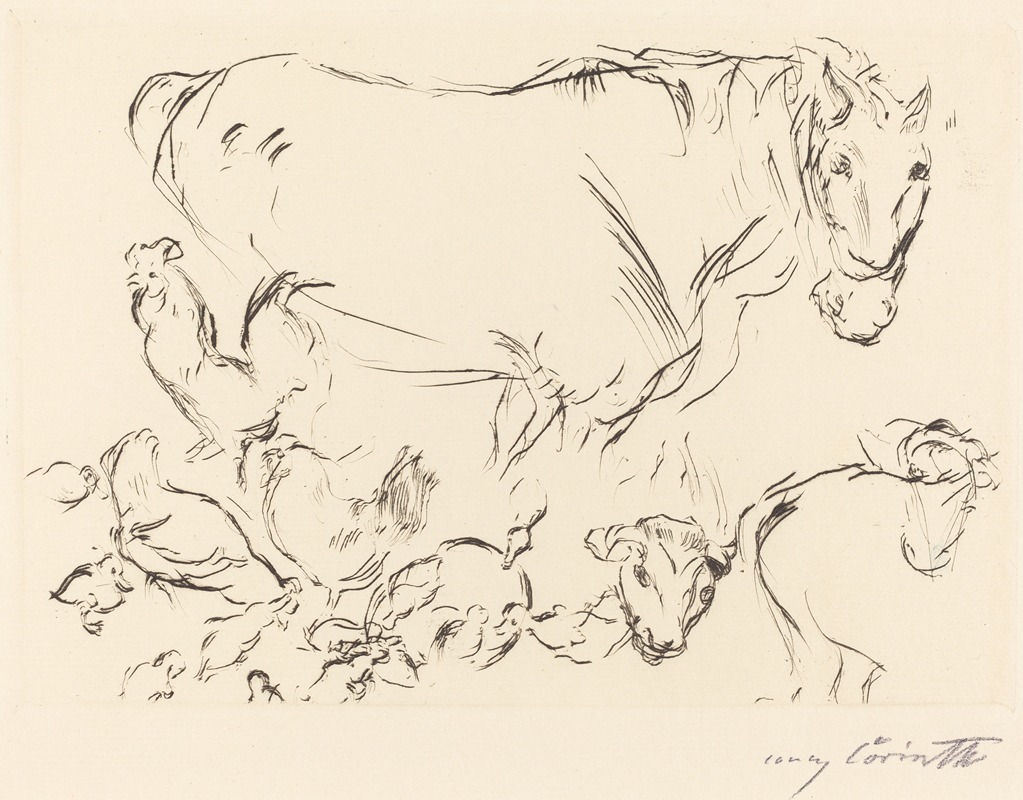
Animal Studies
A hand-painted replica of Lovis Corinth’s masterpiece Animal Studies, meticulously crafted by professional artists to capture the true essence of the original. Each piece is created with museum-quality canvas and rare mineral pigments, carefully painted by experienced artists with delicate brushstrokes and rich, layered colors to perfectly recreate the texture of the original artwork. Unlike machine-printed reproductions, this hand-painted version brings the painting to life, infused with the artist’s emotions and skill in every stroke. Whether for personal collection or home decoration, it instantly elevates the artistic atmosphere of any space.
Lovis Corinth, a prominent German painter and printmaker, created "Animal Studies" as part of his extensive body of work that spans various subjects and styles. Corinth was born on July 21, 1858, in Tapiau, East Prussia, and became a leading figure in the transition from Impressionism to Expressionism in German art. His works are known for their vigorous brushwork and vibrant color palette, often exploring themes of nature, mythology, and the human condition.
"Animal Studies" is a testament to Corinth's interest in capturing the essence of his subjects through dynamic compositions and expressive techniques. While specific details about this particular work are limited, it is consistent with Corinth's broader oeuvre, which frequently includes studies of animals, landscapes, and human figures. His approach to animal studies often involved close observation and a keen interest in the movement and vitality of his subjects, reflecting his broader artistic philosophy that emphasized the emotional and psychological depth of his work.
Throughout his career, Corinth was influenced by various artistic movements and mentors. He studied at the Academy of Fine Arts in Munich and later in Paris at the Académie Julian, where he was exposed to the works of French Impressionists. This exposure significantly impacted his style, leading him to adopt a more vibrant and expressive use of color and form. His animal studies, like many of his other works, demonstrate a blend of realism and expressionism, capturing both the physical characteristics and the inherent energy of the animals he depicted.
Corinth's work was also shaped by personal experiences and historical events. He lived through a tumultuous period in German history, including the rise of the Nazi regime, which had a profound impact on the art world. Despite these challenges, Corinth remained a prolific artist, producing a vast array of paintings, drawings, and prints until his death in 1925. His legacy is marked by his ability to convey the complexity of his subjects, whether human or animal, with a unique blend of technical skill and emotional insight.
"Animal Studies" likely reflects Corinth's fascination with the natural world and his ability to translate that fascination into compelling visual art. His studies often served as exercises in understanding form and movement, providing a foundation for his more complex compositions. While specific information about "Animal Studies" is scarce, it is reasonable to assume that the work embodies Corinth's characteristic style and thematic interests.
Today, Lovis Corinth is celebrated as one of Germany's most significant artists of the late 19th and early 20th centuries. His contributions to the development of modern art are recognized in numerous collections and exhibitions worldwide. His animal studies, alongside his other works, continue to be appreciated for their dynamic energy and expressive power, offering insight into the mind of an artist who was deeply engaged with the world around him.





